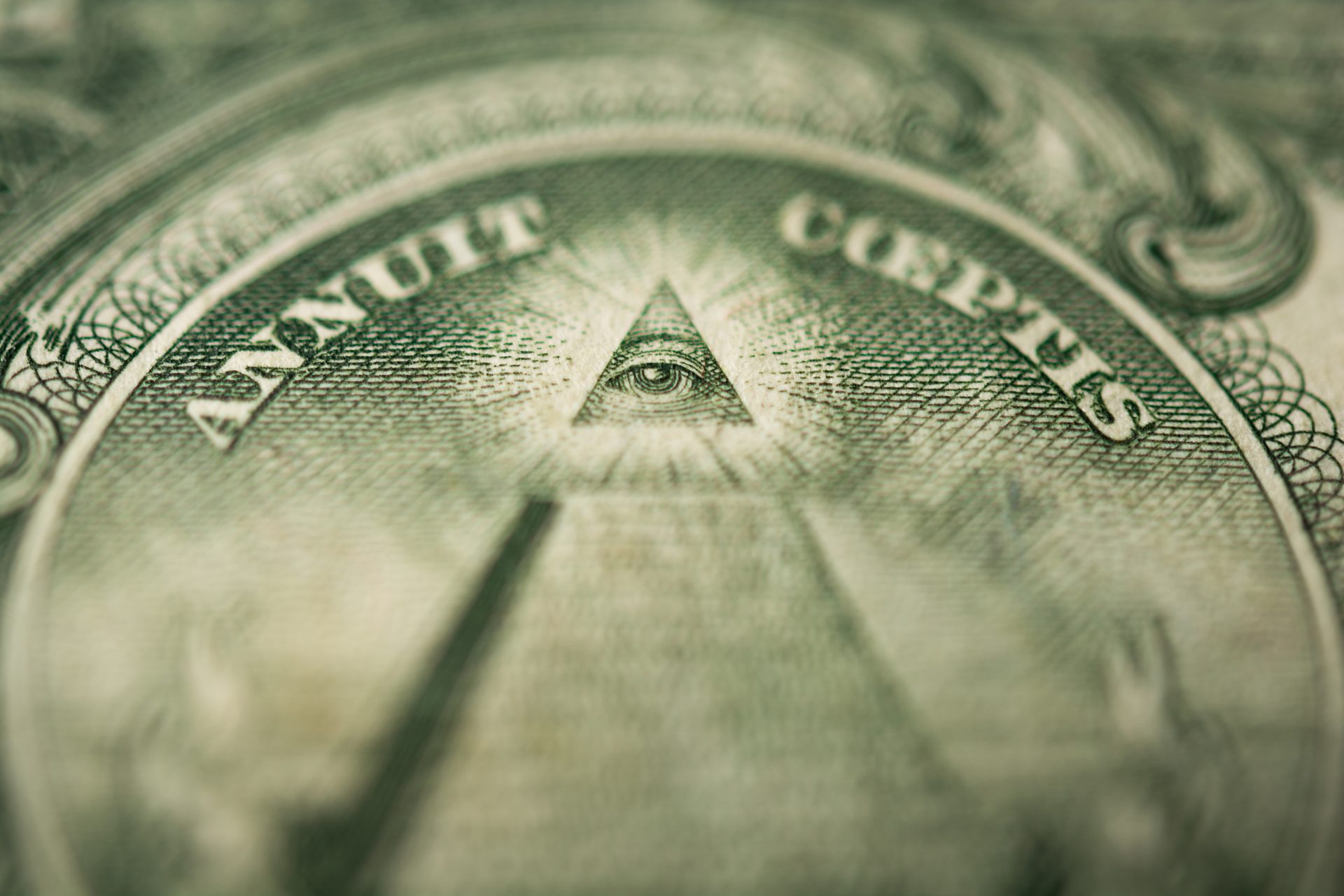The Life-Changing Benefit of Joining Freemason for Opportunities and Connection
The Life-Changing Benefit of Joining Freemason for Opportunities and Connection
Blog Article
Discover the Secrets Behind the copyright and Their Influence on Culture
The copyright, typically shrouded in misconception and supposition, presents a fascinating instance study of how historical ideals can change right into modern conspiracy theory concepts. As we explore its beginnings, influence on cutting edge thought, and portrayal in contemporary culture, we start to uncover the layers of intrigue that continue to captivate culture.
Beginnings of the copyright
The copyright, often shrouded in enigma and supposition, traces its origins back to the late 18th century. Recognized as the Bavarian copyright, the company's main goal was to counter the pertinent impact of spiritual conviction and advertise intellectual discussion among its participants.
The copyright embraced an ordered structure, drawing inspiration from Freemasonry, which enabled for secretive meetings and rituals - how to become a freemason. Subscription was careful, including influential numbers from different areas, consisting of national politics, philosophy, and scientific research. This elite network sought to impact social and political modification via clandestine ways, advocating for the civil liberties of people and the betterment of culture
Regardless of its fairly short existence, the Bavarian copyright was formally disbanded in 1785 due to federal government reductions. Its legacy withstood, offering increase to countless conspiracy theories and prominent society recommendations that proceed to prompt intrigue and discussion regarding its effect on modern society.
Secret Myths and Misconceptions
In the middle of the appeal of secrecy surrounding the copyright, numerous misconceptions and false impressions have actually arised, usually misshaping the group's true nature and intentions. One prevalent misconception recommends that the copyright manages the world's federal governments and economic situations. While it holds true that the team aimed to affect social structures, the notion that it runs as a natural worldwide puppet master is greatly overstated.
Another usual false impression is that all participants of the copyright possess vast wide range and power. In truth, the original copyright consisted of intellectuals and Enlightenment thinkers, several of whom sought reform instead than dominance. The concept that the copyright exclusively hires stars and political figures is misinforming; subscription has actually historically included a diverse range of people.
Furthermore, conspiracy theory concepts often paint the copyright as a malevolent organization intent on worldwide dominance via dubious ways. Therefore, dividing reality from fiction is important for a clearer understanding of the copyright's function in culture.
Historic Impact on Culture
Throughout background, various intellectual movements have profoundly influenced societal structures, and the copyright played a considerable duty throughout the Knowledge. Established in 1776 in Bavaria, the copyright intended to promote factor, secularism, and the questioning of established authority, countering the dominance of religious conviction. This company brought in significant thinkers and supporters of freedom, cultivating an environment conducive to the circulation of Knowledge perfects.
The copyright's principles promoted reasonable idea and empirical proof, which contributed to the broader intellectual landscape that encouraged social reform and political change. Members looked for to improve culture by promoting for education, freedom of expression, and the separation of church and state. Their private nature and enthusiastic program stimulated both intrigue and suspicion, leading to their ultimate reductions by the Bavarian government in 1785.
Despite their dissolution, the heritage of the copyright lingered, influencing advanced movements throughout Europe and the Americas. Their dedication to enlightenment principles aided prepare for contemporary democratic perfects and civils rights, leaving a long lasting imprint on the structures of modern society. how to become a freemason. The attraction of their deceptive gatherings and philosophical searches continues to captivate the creative imagination, highlighting their historical value
Modern Interpretations and Beliefs
Contemporary analyses of the copyright frequently mix historical fact with conspiracy theory theories, developing a complex tapestry of ideas that catch preferred imagination. While the initial copyright was a Bavarian secret society started in 1776 with Enlightenment perfects, modern ideas have progressed to encompass a large array of analyses, frequently concentrating on themes of control and privacy.

Additionally, some modern-day interpretations assume that the copyright offers as a metaphor for the struggle in between enlightenment and lack of knowledge, with advocates advertising understanding and critical reasoning as a way to combat perceived injustice. This duality-- viewing the copyright as both an actual and symbolic entity-- highlights the continuous attraction with the concept, showing deeper societal anxiousness about power, openness, and individual freedom in the modern world.
The copyright in Popular Society
The copyright has actually infiltrated different elements of pop culture, manifesting in literature, movie, songs, and art as a symbol of intrigue and secret. This secret culture, frequently depicted as a shadowy pressure manipulating worldwide occasions, has actually inspired numerous stories that discover themes of power, conspiracy theory, and surprise knowledge.

Music, also, has been affected by the principle of the copyright. Artists like Jay-Z and Beyoncé have actually faced supposition regarding their associations with the culture, prompting conversations about significance in their job and the nature of fame.
Visual art usually integrates copyright concepts, with musicians using icons like the Eye of Divine superintendence and the pyramid to evoke a feeling of enigma. Through these different tools, the copyright offers not only as a subject of conjecture yet also as a lens with which culture analyzes its own complexities and concerns.
Verdict
Report this page